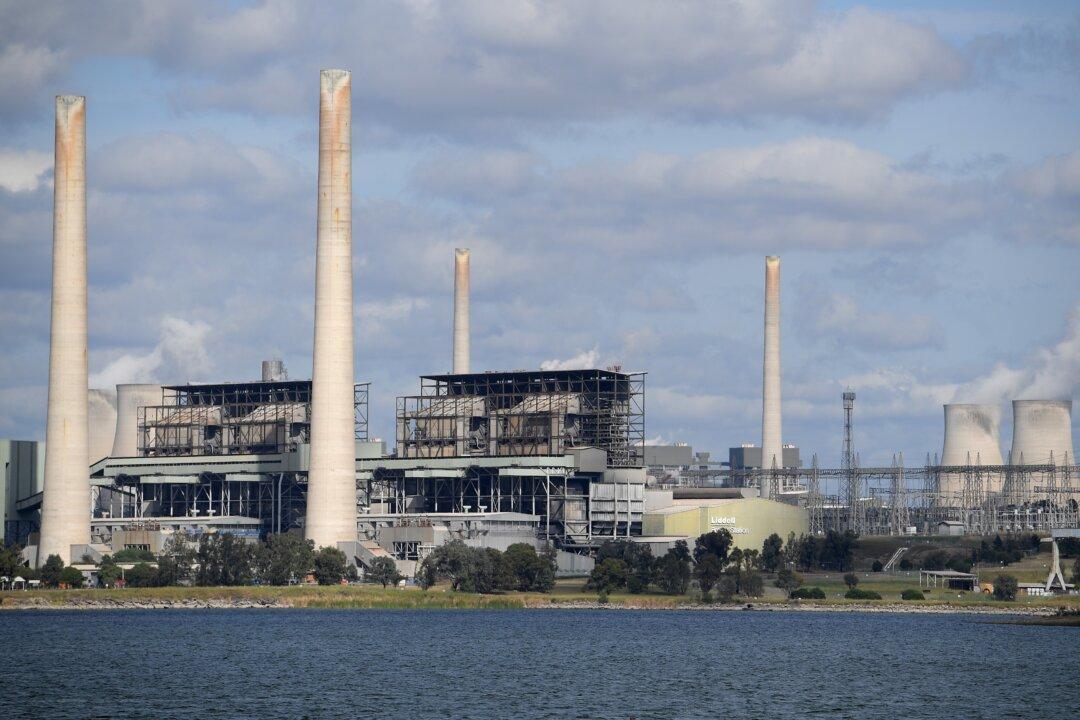New South Wales (NSW) has given the go-ahead for Australia’s biggest battery to help replace the Liddell coal-fired power station after its retirement.
AGL Energy, Australia’s biggest electricity provider, is retiring the 1,680 MW (megawatt) coal plant due to its age, with the 50-year-old power station reaching the end of its operational lifespan.





